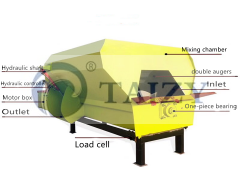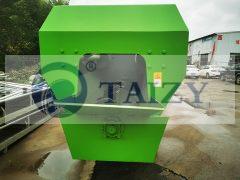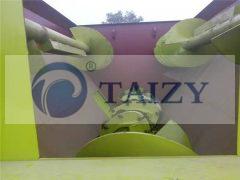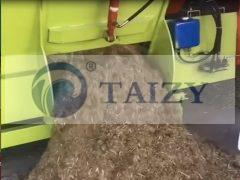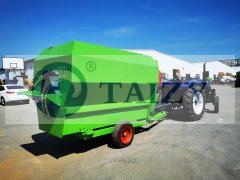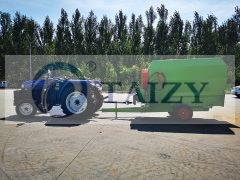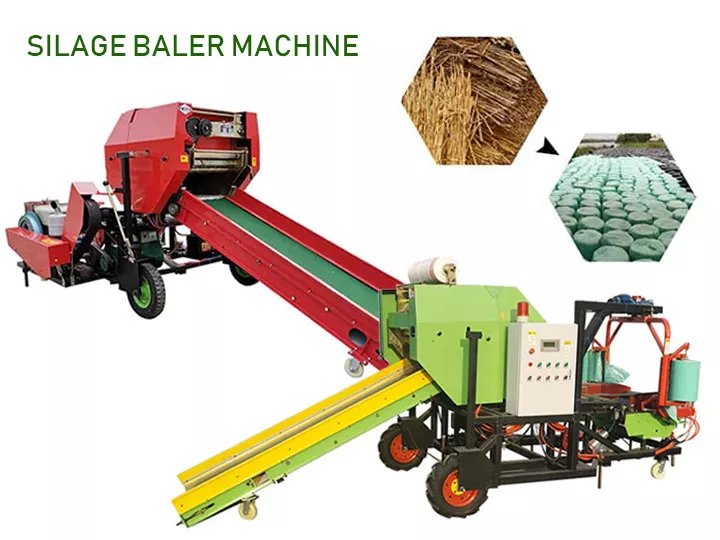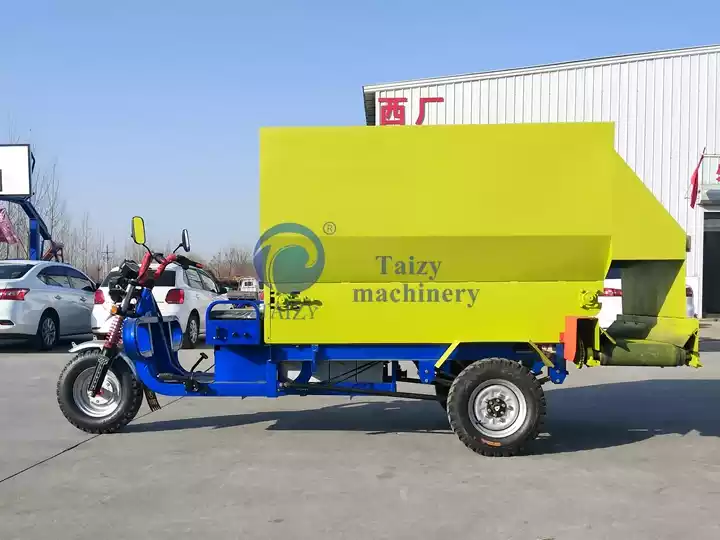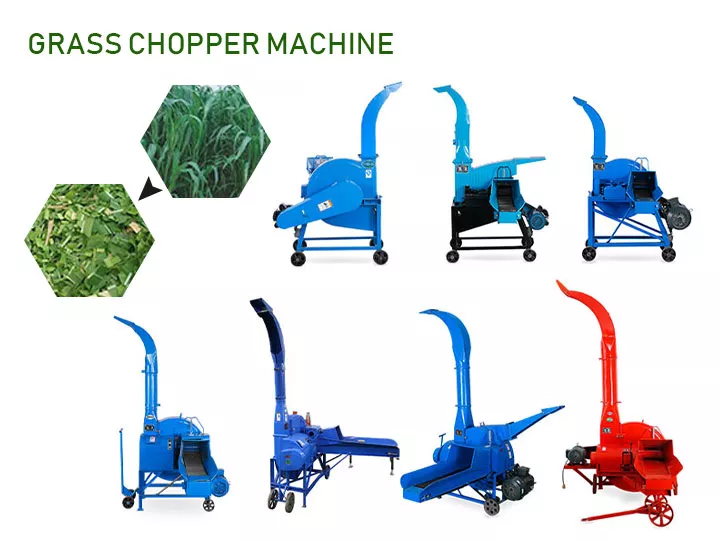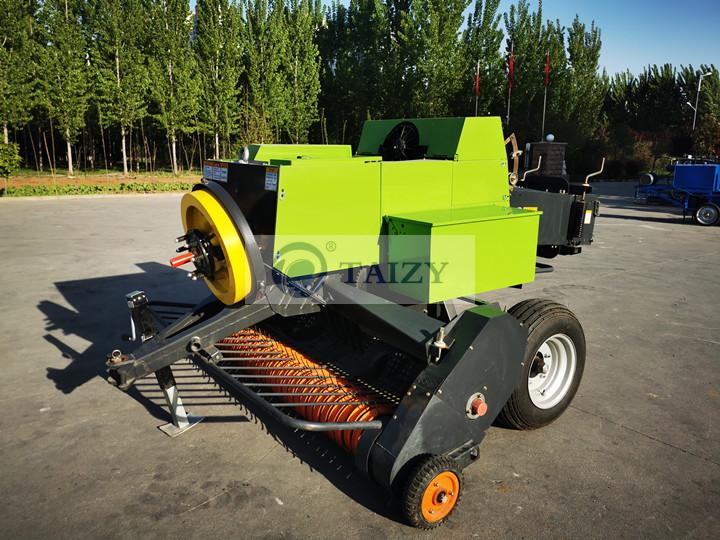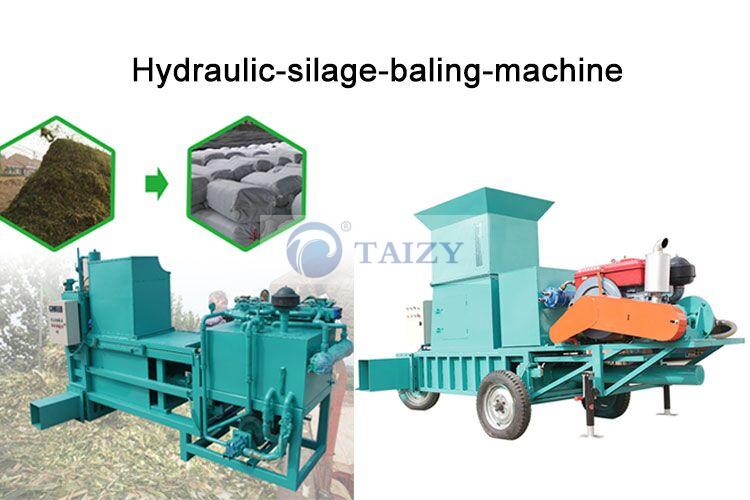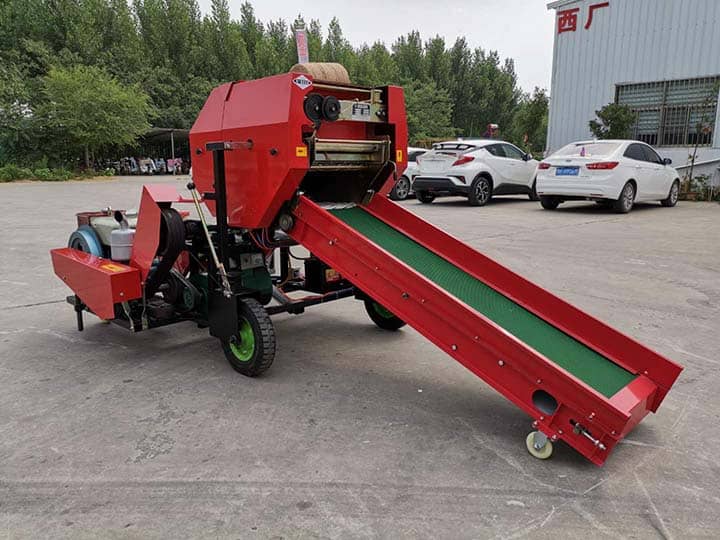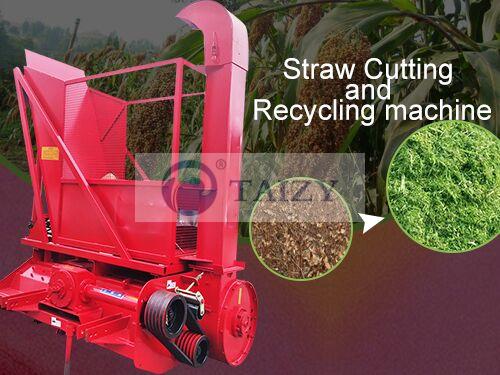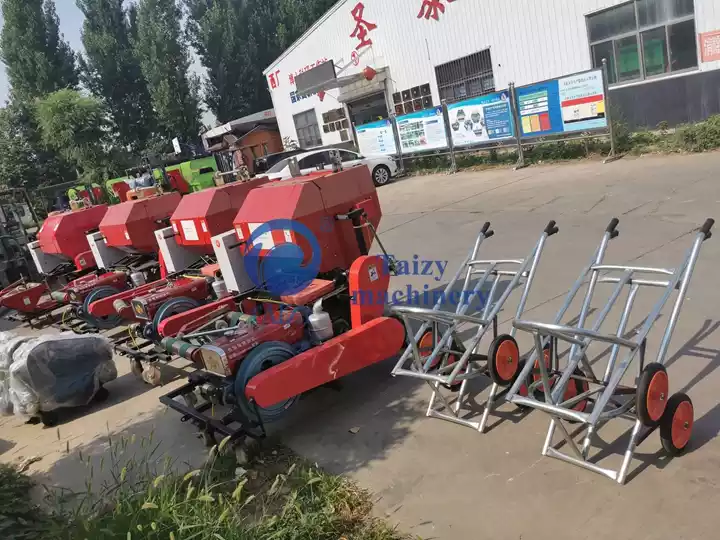Horizontal TMR Feed Mixer for Sale | Mash Forage Mixing Machine
Horizontal TMR Feed Mixer for Sale | Mash Forage Mixing Machine
Silage feed mixer | Feed mixing machine
The horizontal feed mixer is specifically crafted for contemporary farms, combining the functions of crushing, mixing, and blending. This single machine can effectively handle 3-10 tons per hour of silage raw materials, making it suitable for roughage, concentrates, and five types of nutrient additives, including minerals and vitamins.
With its double-screw cutting system, it achieves a mixing uniformity of 95% or more, ensuring that each mouthful of feed is nutritionally balanced. This helps cattle and sheep increase their feeding rate by 20% while reducing feeding costs by 15%.
Structure of TMR feed mixer
The feed mixer contains several parts. You can get more information from the below picture.
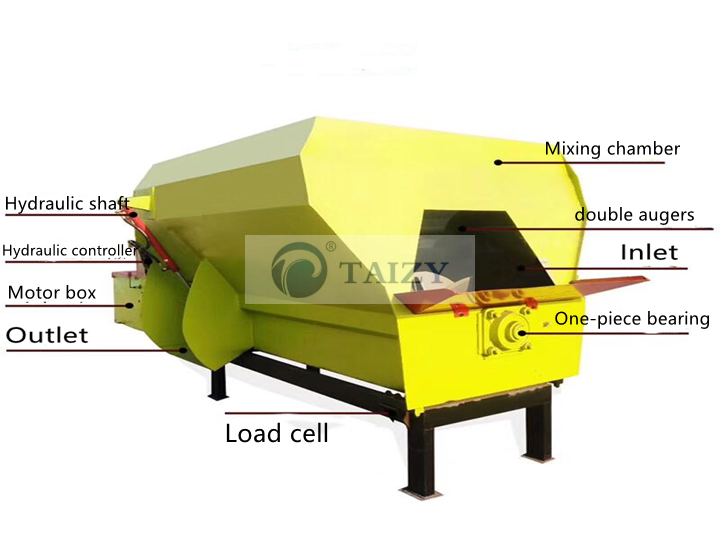
Internal system
The internal system of the horizontal feed mixer primarily consists of three augers: one main auger and two auxiliary augers located above it.
After cutting the corn stalks with a corn stalk reaping machine, you can feed them into the horizontal feed mixer. Inside the mixer, the materials are rotated and stirred from both ends toward the center.
The blades then cut and mix the different fibrous forages and straws as they move through. This process helps to effectively pulverize and blend the total mixed ration for feeding.
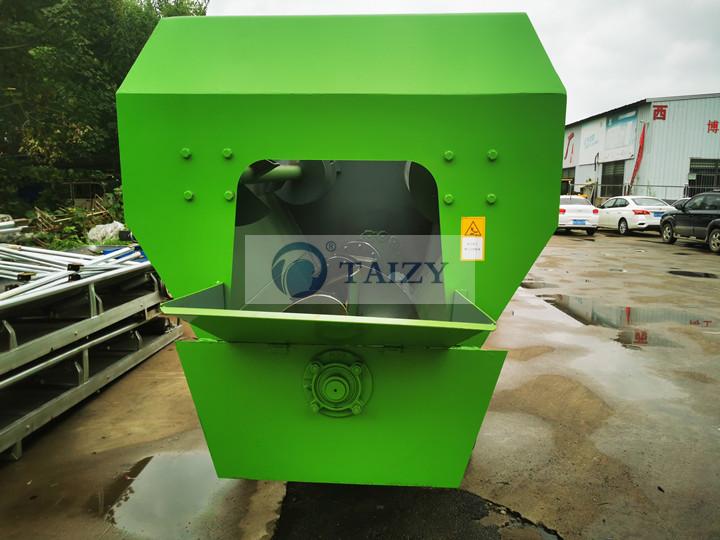

Discharge system
The discharge gate control system includes a hydraulic cylinder, a fixed support, a linkage support, and a sliding discharge baffle.
The sliding baffle for discharging is mounted on the reciprocating shaft of the hydraulic oil cylinder, allowing it to either open for discharge or close to acting as a stopper. The outlet can be positioned on either the left or right side based on the user’s requirements.
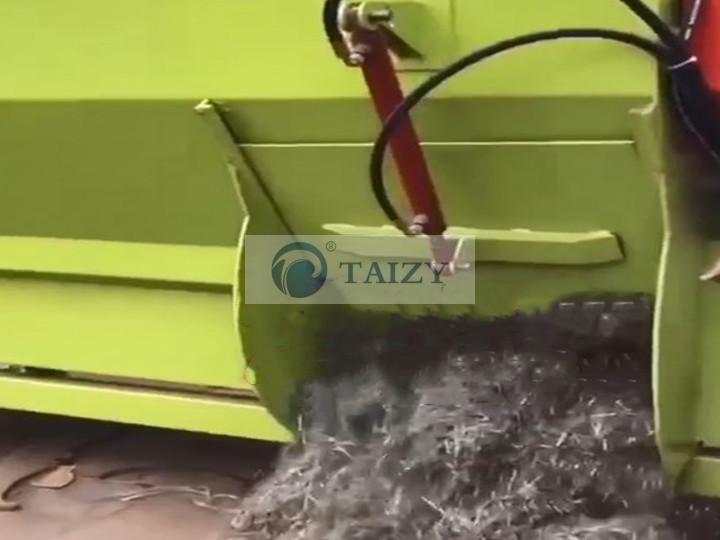
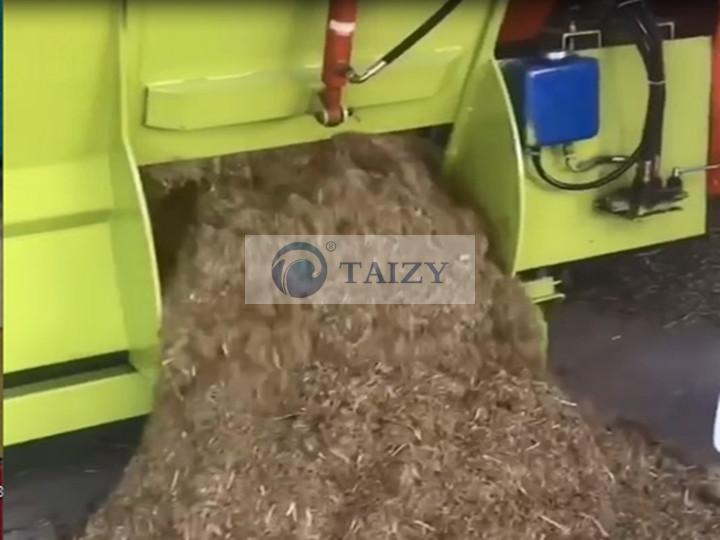
Feed adding system
The machine features an advanced grass-feeding mechanism along with a unique grass-feeding roller device. It provides automatic feeding, ensures smooth grass-feeding, and boasts high production efficiency.
Weighing and measuring system
The system consists of four bridge-type load-bearing sensors along with a load-bearing display controller. It operates on a 220V power source, which transmits signals to the weighing display via a four-directional bridge weighing sensor.
The primary purpose is to show gross weight, net weight, peak value, and net weight. Additionally, the weighing and measuring system is equipped with an overload alarm function.
Silage mixing machine working principle
Place silage raw materials like corn stalks and forage, along with concentrate feed and additives, into the silo in the correct proportions. The equipment will automatically grab and loosen the materials through the inlet.
A built-in high-speed rotating blade or spiral knife roller will crush the coarse fiber raw materials, breaking up any lumps to ensure the materials are uniformly fine (typically ≤5cm), which enhances the efficiency of the subsequent mixing process.
The motor or diesel engine powers the spiral blade in the mixing bin, running alternately in forward and reverse. This action creates extrusion and shear, allowing moisture, nutrient additives, and raw materials to fully penetrate and blend.
Once mixing is complete, the hydraulic system or electric gate manages the discharge port, quickly releasing the finished feed. This feed can be used immediately or packed for storage, making the entire process seamless.
Horizontal forage feed mixer advantages
- High strength and durability: the cutting blade is made from high alloy steel, designed to resist wear and last longer, with a well-thought-out structure that ensures stable operation.
- High-efficiency operation: featuring a dual-speed drive for both cutting and mixing, this system boosts processing efficiency by 40%, leading to significant savings in labor and time.
- Intelligent and uniform: with an automatic feeding port and an optimized discharge design, it guarantees uniform feeding, achieving a mixing uniformity of at least 95% for precise nutritional ratios.
- Convenient maintenance: its modular structure has fewer wear parts, resulting in a low failure rate for the hydraulic and mechanical dual transmission system, which shortens maintenance cycles and saves costs by 30%.
- Wide range of adaptability: capable of processing various types of roughage like straw and pasture, it also allows for the direct addition of different auxiliary materials, preserving the integrity of crude fiber while enhancing feed palatability.
- Flexible customization: the system can be tailored to adjust the feeding mode, capacity, and functional configuration to suit the diverse needs of farms of different sizes.
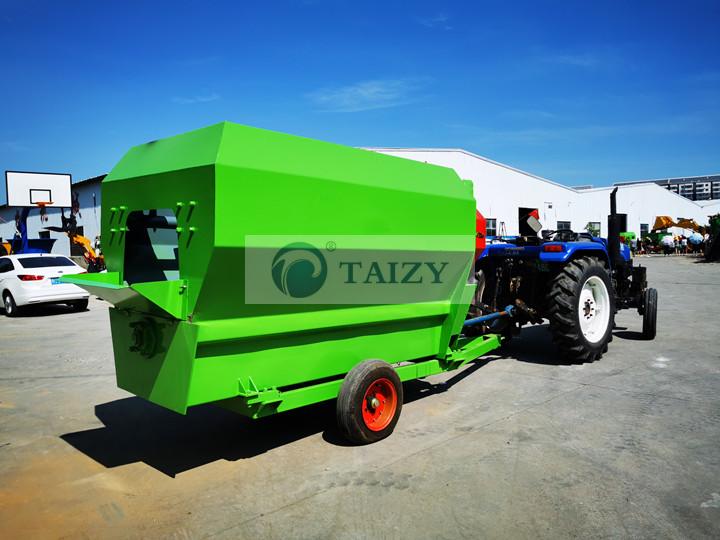
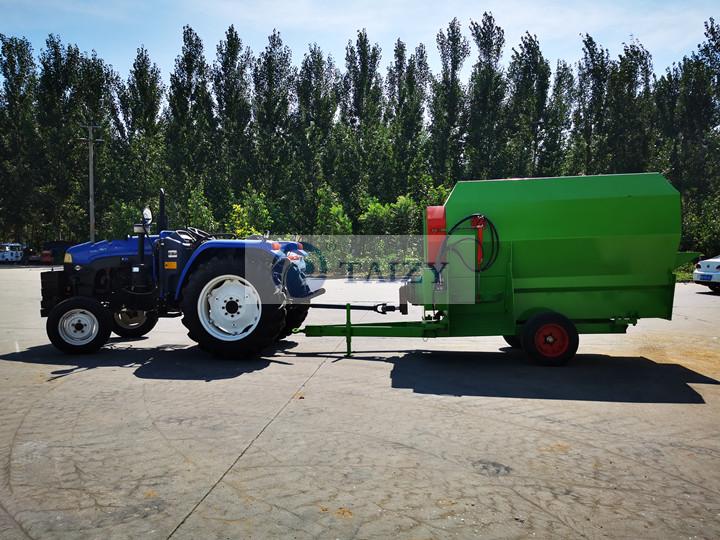
Parameters of silage feed mixer
We offer three types of feed mixers. You can find detailed information in the sheet below.
| Model | / | TMR-5 | TMR-9 | TMR-12 |
| Dimension | mm | 3930*1850*2260 | 4820*2130*2480 | 5.6*2.4*2.5 |
| Weight | kg | 1600 | 3300 | 4500 |
| Rotating speed of the auger | R/min | 23.5 | 23.5 | 23.5 |
| The volume of the mixing chamber | cubic meter | 5 | 9 | 12 |
| Structure type | / | fixed | fixed | mobile |
| Supporting power range | kw | 11—15 | 22—30 | 50-75 |
| Supporting power form | / | Electric motor | Electric motor | Electric motor |
In summary, our silage mixer serves as a valuable tool to enhance feed quality, reduce farming expenses, and support healthy animal growth. Whether you run a large ranch or a small family farm, feel free to reach out to us, and we will work together to find the right solution for your equipment needs.

